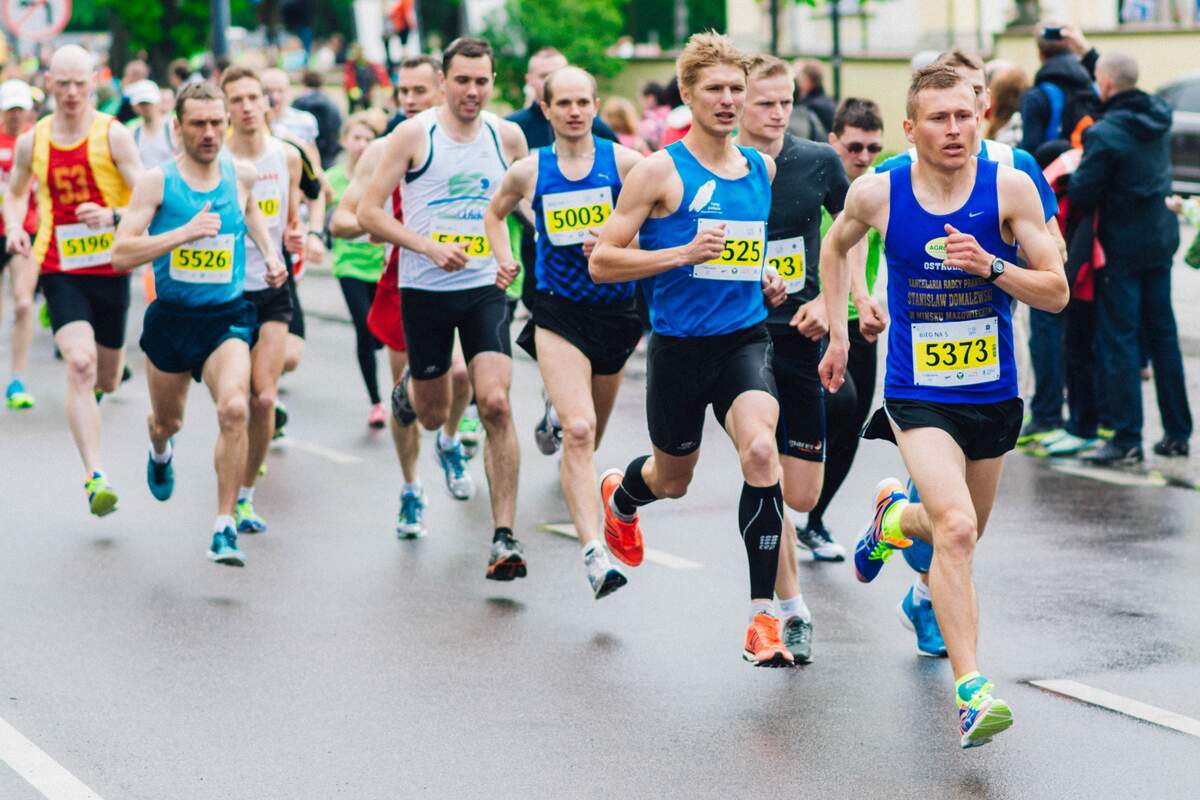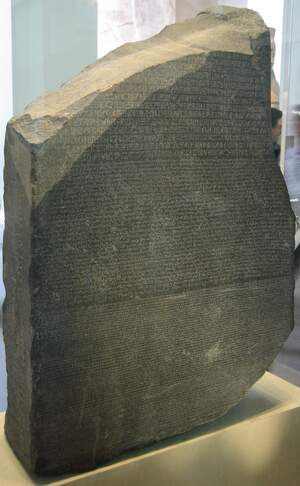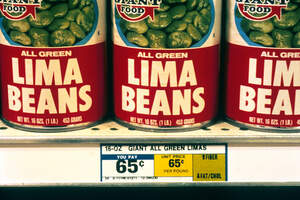

Boston Marathon Day
Observed
the third Monday in April (1969 to 2019)
canceled (2020)
on October 11th (2021)
the third Monday in April (since 2022)
Dates
Hashtags
Sources
The Boston Marathon, the oldest annual marathon in the world, takes place today. It was first held on April 19, 1897, when fifteen runners participated. It was inspired by the first Olympic marathon, which was held the previous year in Athens, Greece. John Graham, a Boston Athletic Association (B.A.A.) member and team manager of the first Olympic team, created the marathon. At first, it was a local event, but runners now come from all over the world.
The distance of the original Olympic marathon in 1896 was 24.8 miles, which was based on the distance that Pheidippides was said to have run between Marathon and Athens when he delivered the news that Greece had defeated the Persian army. At the 1908 Olympic games in London, the distance was set to 26 miles, 385 yards. The race began outside of the Windsor Castle so that the royal family could view the start. It was then 26 miles to the Olympic stadium. An extra 385 yards were added so that the runners could finish around a track, and so that the race would finish in front of the king and queen's royal box. Olympic marathon distances varied following this until they were permanently put at the 1908 length starting in 1924. Similarly, the Boston Marathon length had varied over the years but was also made to match the Olympic distance in 1924.
The Boston route is known for its winding roads and hilly terrain. Because of the Newtown hills, which include Heartbreak Hill, it is known as one of the harder marathons to run. However, world and American records cannot be set at it, because the elevation drops 459 feet during the course of the race.
The race is open to participants from all nations, but they must be at least 18 and meet qualifying standards. These standards include having recently completed a marathon that is part of the International Association of Athletics Federations in a certain amount of time. Usually, more than 30,000 runners now participate in the race. It was free to participate in for years, and the prize was a wreath made of olive branches. Cash prizes began being given out in 1986 by corporate sponsors. It is the most widely viewed sporting event in New England, with 500,000 people viewing it each year, and cheering runners from the sides of the course. The Boston Red Sox play each year on the day, and after the game, many from the crowd go to the area at the end of the course and cheer on runners. This has been a tradition since 1903.
The marathon has almost always been held on Patriots' Day, which is a holiday in some states that commemorates the start of the Revolutionary War. Up until 1969, Patriots' Day was held on April 19, and this is when the marathon was held unless April 19 was on a Sunday, then the race was held on April 20. Beginning in 1969, both Patriots' Day and the Boston Marathon have been held on the third Monday of April. These two days have been tied together to represent both the Athenian and American fight for liberty.
Roberta Gibb was the first woman to run the marathon in full, completing it in 1966 and running it the next two years as well. She hid in the bushes until the race began and did not have an official race number. In 1967, Kathrine Switzer ran, and was given a bib and number, but hadn't identified herself as female on her application. B.A.A. officials tried to physically remove her from the race. In 1972, the Amateur Athletics Union (A.A.U.), of which Boston was a part of, began allowing women. Eight women ran the Boston Marathon that year and all finished the race. The women that ran the marathon from 1966 to 1971 were recognized retroactively. Today close to half of runners in the race are women.
The Boston Marathon became the first major marathon to have a wheelchair division. In 1975, Bob Hall was told by race director Will Cloney that he would be recognized with a finisher's certificate if he could finish his race in under 3 hours. He finished in 2 hours and 58 minutes, opening the door for more wheelchair participants in the future. There also is a blind and visually impaired division, as well as a mobility impaired program.
Tragedy struck in 2013 when two bombs exploded about 225 yards from the finish line. Three spectators died and about 264 were injured. The race was stopped and many did not get to finish, although the bombs went off almost three hours after the winner had finished. In a display of resilience, almost 9,000 more runners participated in the race the following year.
How to Observe Boston Marathon Day
Celebrate the day by attending the marathon and cheering on the participants! You may also be able to watch it on television or online. If you satisfy the qualifications you could register for an upcoming marathon. Maybe you have already signed up and will be running the marathon today!





















